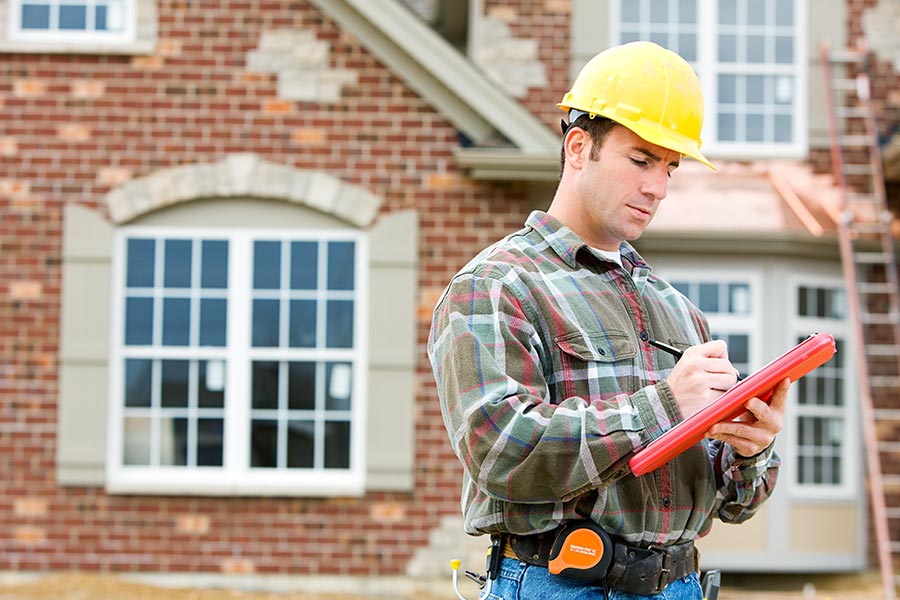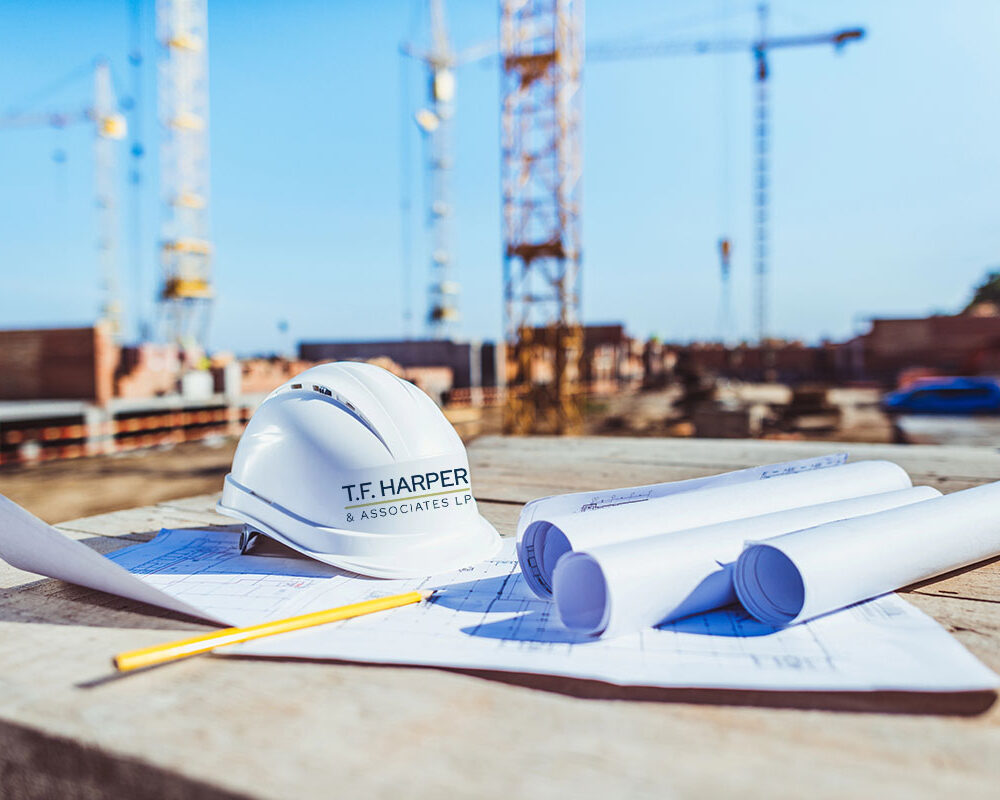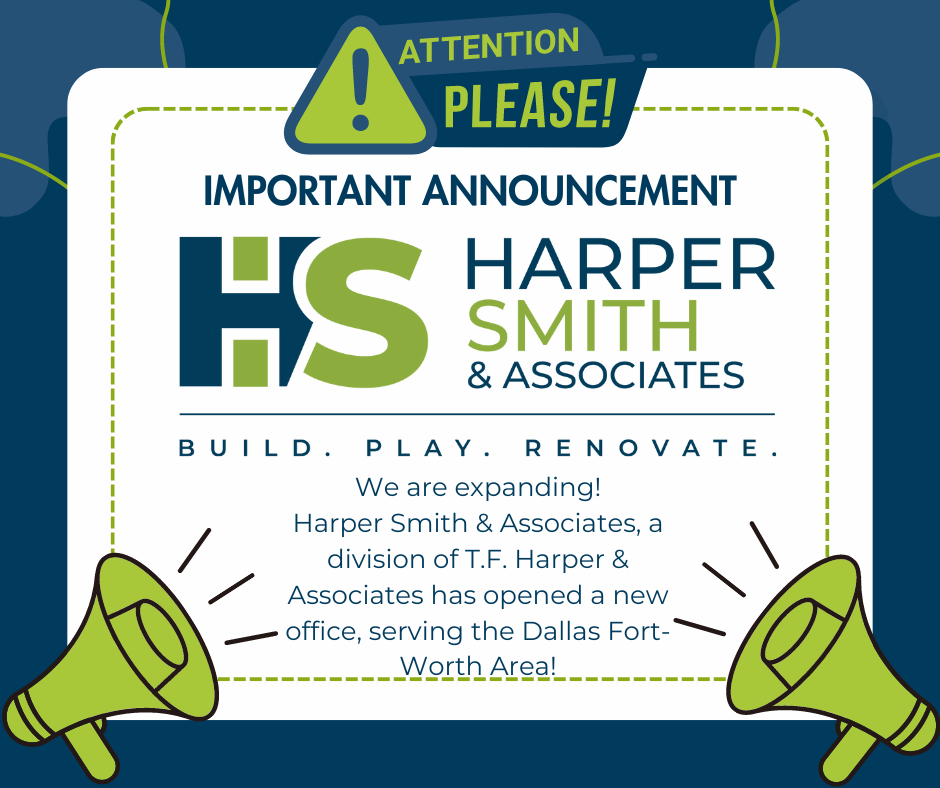Most states set up laws that dictate that how often building inspections should occur as well as the various aspects of a business that needs to be inspected. The primary purpose of a building inspection is to assess a building’s exterior and interior condition to ensure that it is within compliance with state regulations and codes that were designed to ensure the safety and health of its visitors. The specific procedure of a building inspection varies from state-to-state, but in general some of the most commonly checked factors include:
- Exterior walls
- Windows
- Lighting and security systems
- Handrails and stairs
- Paved surfaces
- Accessibility to building’s sides
- Visibility of building address
- Electrical outlets and switches
- Elevators
- Boilers
- Permit inspections
How The Process Works
The process starts when an inspector arrives at the property and introduce themselves and explains the reason why they are there. In some instances they may require documents or schematics before they start the inspection process. Once the required documents have been reviews, they will conduct the official inspection which is essentially a checklist of things they need to evaluate.
Typical inspections consist of checking 5 major systems: Heating, Mechanical, Plumbing, Air and Electrical. Inspectors will check to see that all of these major systems are in working order. If a system is not on par, the inspector will provide the cost of repair or replacement in their report.
Primary Focus Of The Inspection
The Building’s Exterior
When you think about the building’s exterior, you may think they just check the walls alone. However, they will check landscaping features, parking lots or other structures in close vicinity of the building as well as the roof. The purpose of inspecting the building’s exterior is to determine if the building is structurally safe as well as to highlight any problems that need to be corrected.
Building’s Interior
Inspectors are also tasked with determining if interior spaces are in compliance with local building codes as well as to check for hazards and safety risks. During the interior aspect of the inspection the inspector will evaluate the floors, bathrooms, walls, kitchen spaces, offices and similar areas. If the inspector believes that there is a need for interior renovations they will make note of this in their report.
Building’s Documentation
A very little known aspect of a building inspection is that the inspector will check the building’s documentation. They will review citations, construction permits, fire safety records, maintenance records and evacuation plans.
Once the inspector has evaluated the aforementioned aspects of the building, they will create a final Property Condition Report (PCR). This report will be created with evidence of any observations they feel is important as well as photos for evidence. They will also include any recommendations they have made in regards to how a property owner can take corrective action as well as to request follow-up testing from an expert.






